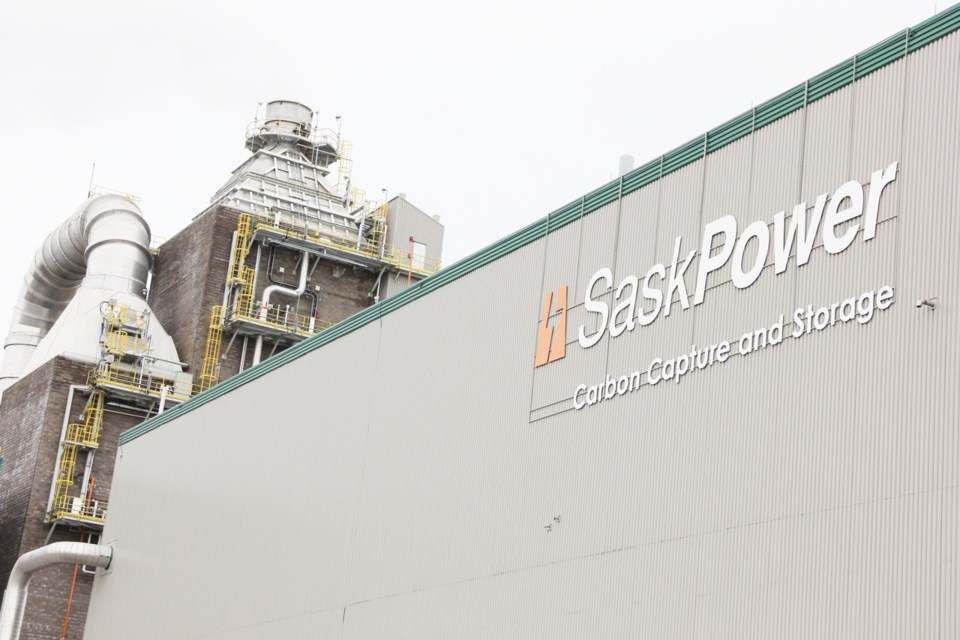ESTEVAN - The carbon capture and storage facility at SaskPower’s Boundary Dam Power Station received lots of praise at the inaugural carbon capture conference in Edmonton on Sept. 20 and 21.
Estevan City Councillor Tony Sernick attended the event on behalf of the City of Estevan and Estevan's economic development board. The Petroleum Technology Research Center (PTRC) was in attendance and presented on behalf of the Boundary Dam Unit 3 project.
The PTRC operates the Aquistore Carbon Dioxide Storage Site near Boundary Dam.
“The conference was as you would expect with guest speakers, group discussions and exhibitors. Its purpose was to bring industries together and discuss how to lower emissions through CCUS [carbon capture utilization and storage] technology,” Sernick said in a news release.
During the first day, the Boundary Dam Unit 3 (BD3) project was amid most of the discussions and was held in high praise.
“BD3 was the first successful CCUS project in the world and everyone in the room knew it,” said Sernick.
A common denominator in every discussion, he said, was zero investor confidence in CCUS because of federal climate regulations.
It was said, “In this room today there’s a trillion dollars worth of projects that would actually lower emissions, if only we could do them,” Sernick reported.
There were delegates from all over the world and Alberta was at the forefront of the discussion.
Also stressed throughout the conference, according to Sernick, was that the CCUS industry has just begun. Alberta is building trunklines (pipelines) and storage facilities through their industrial areas. Alberta has plans to build CO2 pipelines throughout the province that would allow businesses to hook up for their operations.
A representative from Natural Resources Canada unveiled a plan to run a CO2 trunkline from coast to coast. Sernick said that was a bit of a shocker.
“The best part about all of this is that Saskatchewan is years ahead of everyone with BD3, Aquistore and the Weyburn unit.
BD3 has sequestered nearly 4.6 million tonnes of CO2 and that should be the focus, Sernick said.
Sernick also noted a science and technology advisor mentioned it may be worth looking at converting Shand to natural gas, with CCS as a federally-assisted project.
“Another informative gentleman knew everything about BD3. You could say he was passionate about BD3,” he said.





